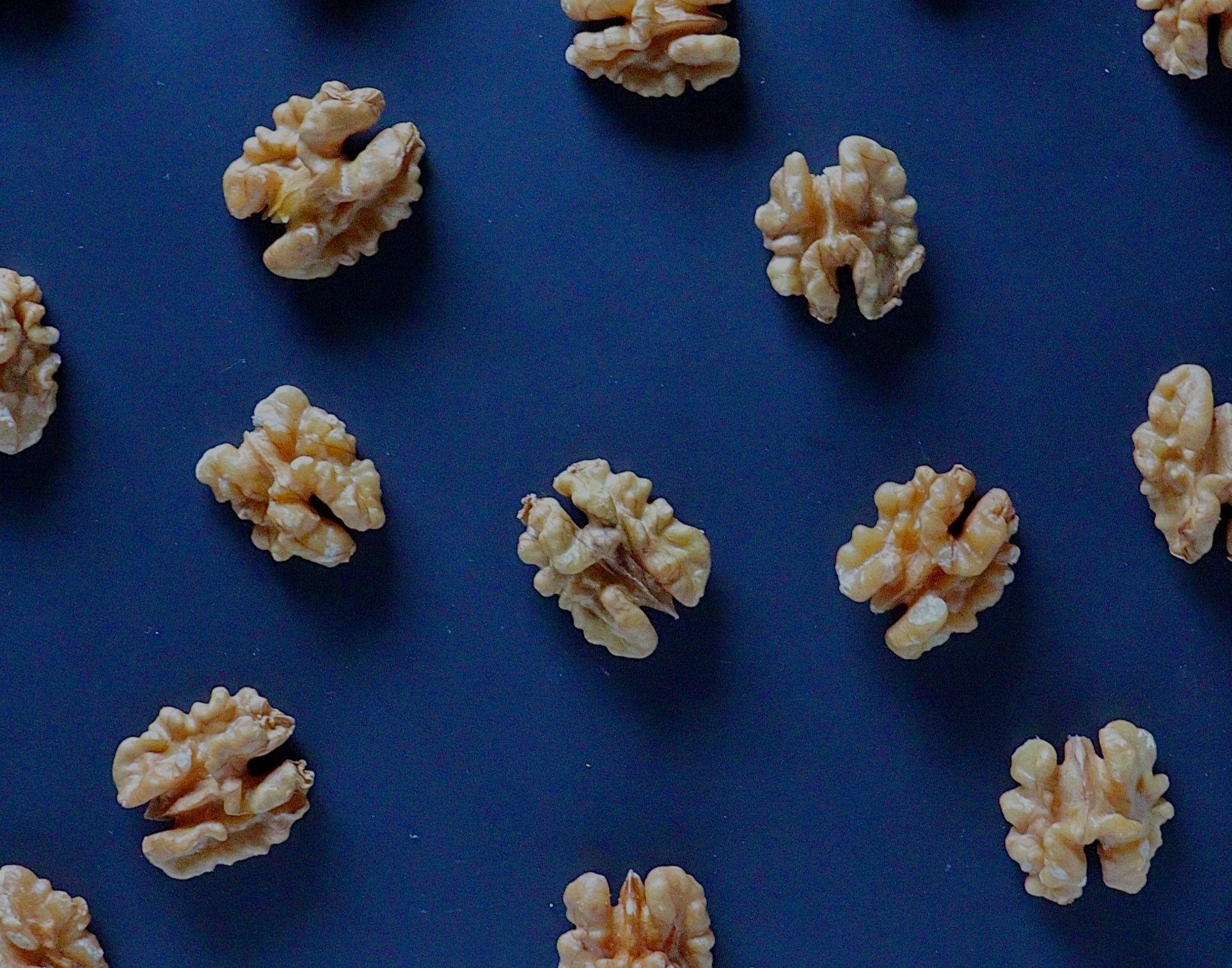
Benign Prostatic Hyperplasia
Benign Prostatic Hyperplasia (BPH) is a common condition whereby the prostate gland and surrounding tissues expand. The prostate is a small walnut-shaped organ that sits under the bladder and in front of the rectum, and is surrounded by muscles and nerves. It undergoes 2 main growth stages in a man’s life. The first stage occurs early in puberty, when the prostate doubles in size. The second stage begins around age 25 and continues as a man gets older. BPH develops when the prostate enlarges enough to cause symptoms.
BPH is a non-cancerous condition. Still, BPH and prostate cancer can happen concurrently. BPH itself may not require any treatment, but if it is symptomatic, treatment may help. About half of all men between ages 51 and 60, and up to 90% of men over age 80 have BPH.
What causes BPH?
The causes of BPH are not clear, but changes in hormone levels are thought to play a role. As men age, the amount of active testosterone in the blood declines whereas estradiol levels stay the same. BPH may occur when these hormonal fluctuations trigger prostate cellular growth. Another theory is about the role of dihydrotestosterone (DHT). DHT is a converted form of testosterone and supports prostate growth. Studies show that older men have higher levels of DHT and lower levels of testosterone.
Read about Testosterone Deficiency Syndrome.
What are the risk factors for BPH?
Age over 50
Familial history
Being overweight or obese
Sedentary lifestyle
Erectile Dysfunction (ED)
What are the symptoms of BPH?
Urinary frequency, often every 1 to 2 hours. This often happens at night and is known as nocturia
Sensation of incomplete voiding
Intermittency: the need to stop and start several times when passing urine.
Urgency: feeling an urgent need to pass urine as if you can’t wait.
Weak stream
Straining: trouble initiating urine or the need to push or strain to pass urine.
If BPH becomes severe, you might not be able to pass urine at all. This is a medical emergency and requires immediate attention.
What can I expect at my visit?
When a diagnosis of BPH is suspected, your doctor will ask in detail about your history and symptoms, and perform a digital rectal exam to assess the prostate for any enlargement, tenderness or abnormal lumps. Basic investigations usually include blood and urine tests to check for signs of infection and kidney function, and assess levels of a cancer marker called Prostate Specific Antigen (PSA). Imaging tests for the prostate usually involve an ultrasound scan. If necessary, Magnetic Resonance Imaging (MRI) or Computed Tomography (CT) scans, or a cystoscopy may be recommended.
What are the treatments for BPH?
There are many treatment options for BPH. Your doctor will assist you in making a decision on which treatment is right for you.
Often, mild to moderate cases of BPH do not require treatment. Instead, you will be advised to monitor your health and keep an eye out for new or worsening issues. A yearly review with your doctor is common, and if needed a follow up scan can be done to compare the prostate size against previous scans. Healthy diet and regular exercise are encouraged to prevent or manage symptoms.
Prescription drugs used to treat BPH include:
-
These relax the muscles of the prostate and bladder to allow urine to flow more easily through the urethra. They do not shrink the prostate. One benefit of alpha blockers is they start to work right away. Side effects may include dizziness, lightheadedness, fatigue and difficulty ejaculating.
-
These increase urine flow and shrink the prostate by blocking the conversion of testosterone to DHT. These drugs may lower the risk of BPH problems and the need for surgery, but may take a number of months to become fully effective. Side effects include ED and reduced libido. You must keep taking the pills to prevent symptoms from coming back.
-
These are normally used to treat ED, but also helps with BPH by increasing nitric oxide concentration in smooth muscles, thereby relaxing the bladder neck and prostate, making it easier to empty the bladder.
If medical treatment is not effective, referral to a Urologist may be needed to discuss surgical options. Transurethral resection of the prostate (TURP) remains the gold standard in managing BPH but advances in technology have increased the number of minimally invasive surgery options, for example prostatic urethral lift (Urolift) and water vapour thermal therapy (Rezum).
Speak with us.
If you have symptoms that suggest you might be suffering from BPH, please visit our doctor today for a detailed consultation. We are here to help.
